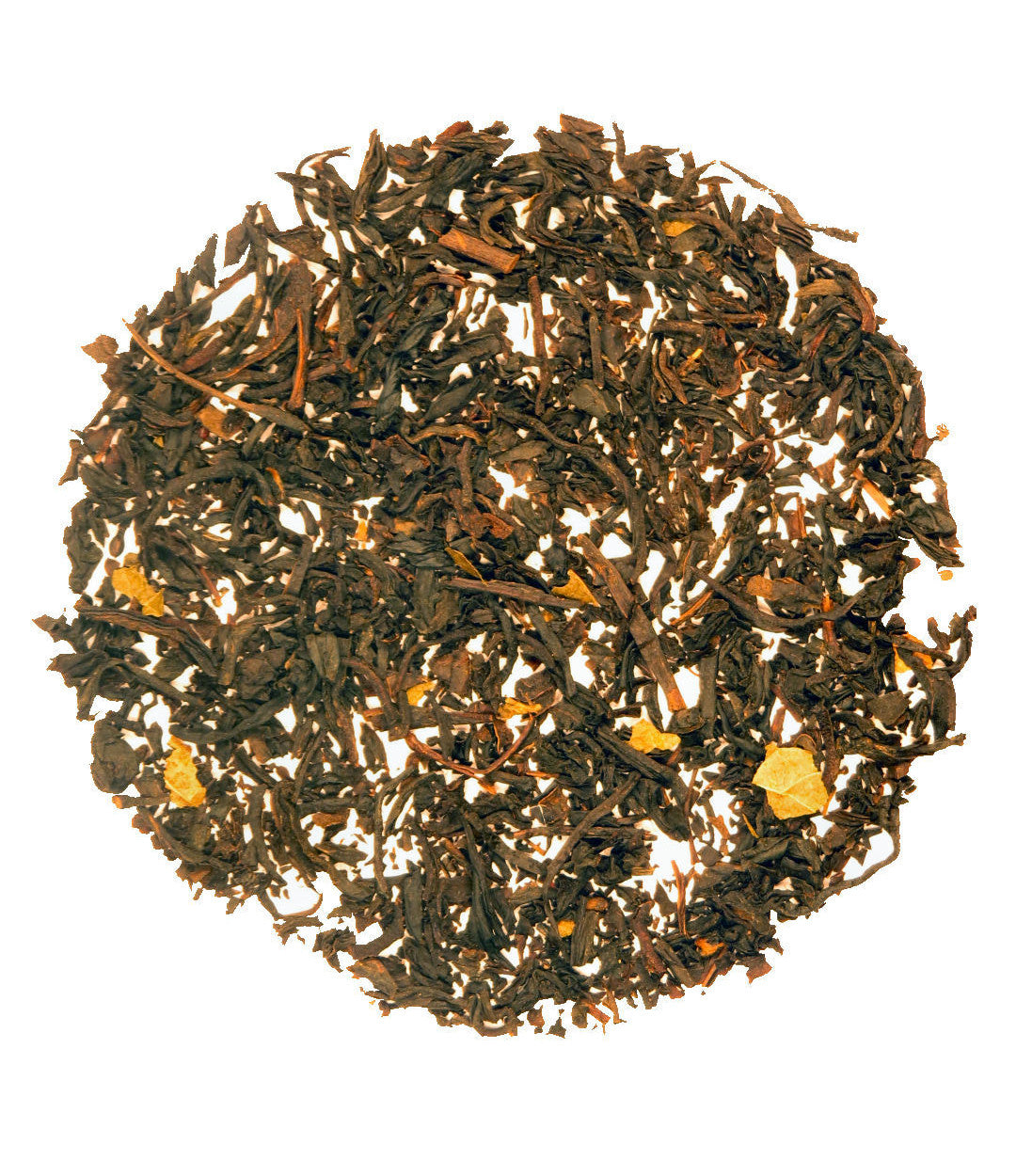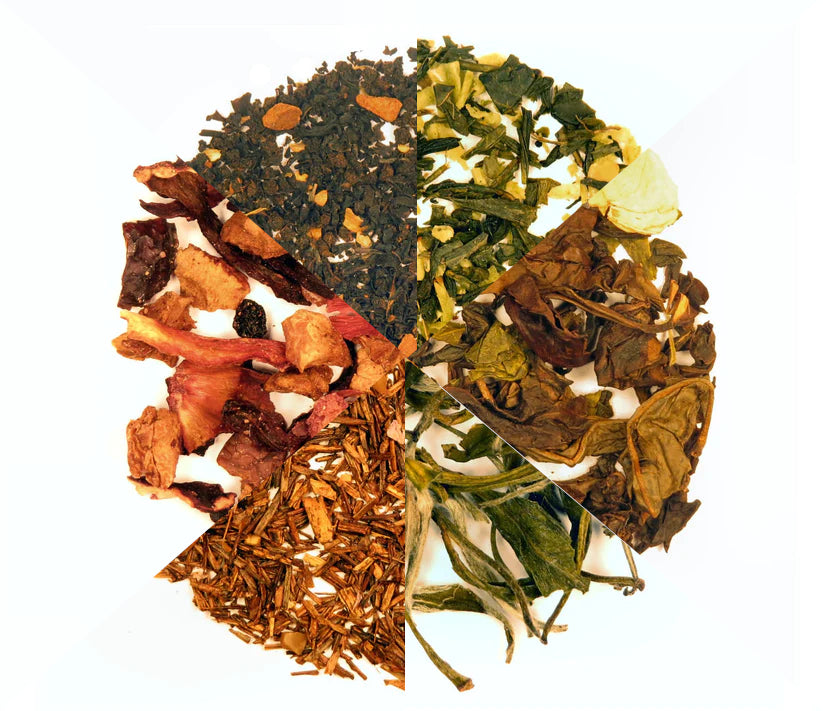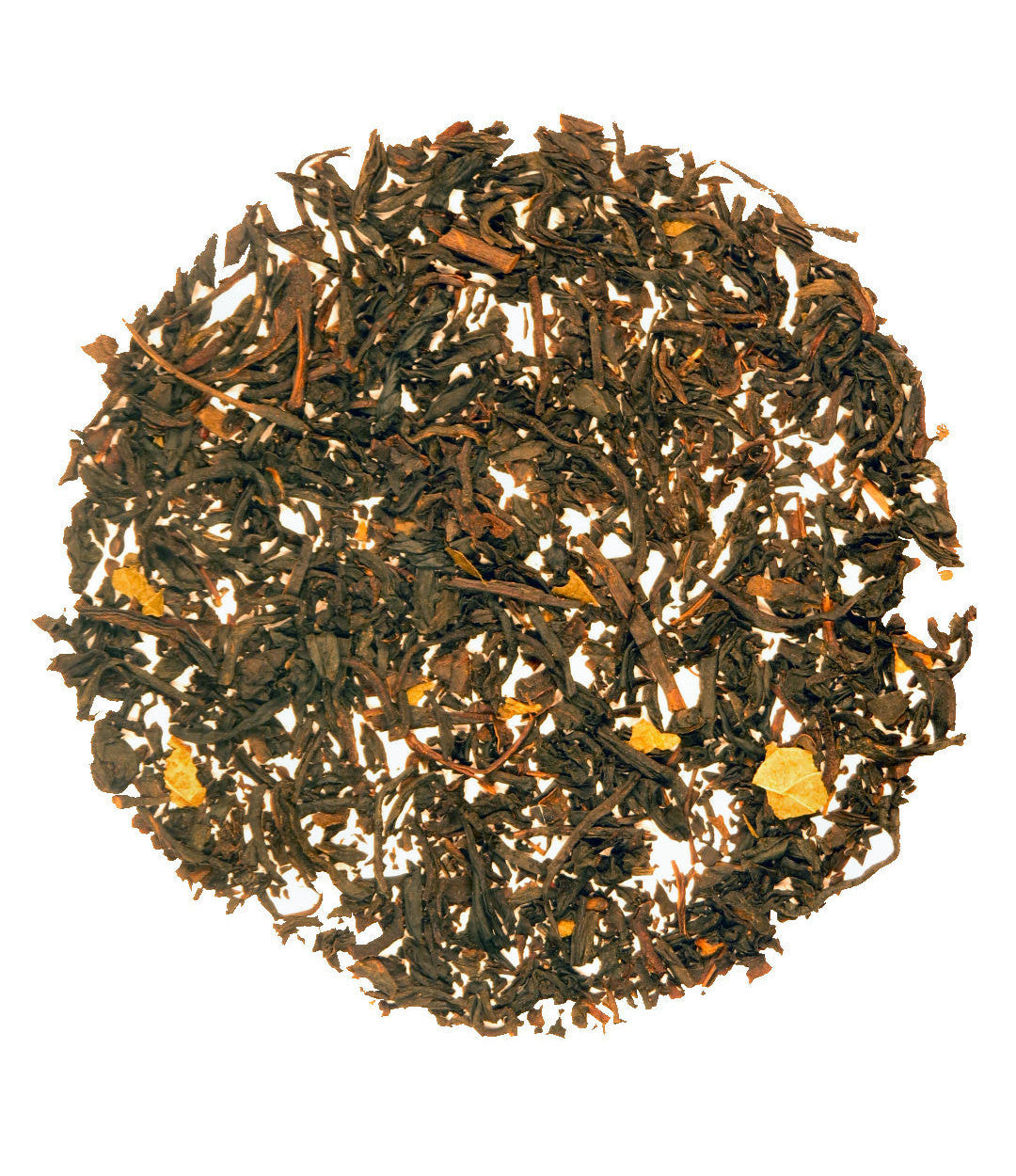Black Currant
Black Currant
Couldn't load pickup availability
When you open the package, you smell the fruitiness from the currants – perhaps a dark raspberry fragrance. A slight tart taste without overpowering the fruit flavors.
History
The blackcurrant is native to northern Europe and Asia. It was cultivated in Russia by the 11th century when it was present in monastery gardens and also grown in towns and settlements. Cultivation in Europe is thought to have started around the last decades of the 17th century. Decoction of the leaves, bark or roots was also used as traditional remedies.
Blackcurrants were once popular in the United States as well, but became less common in the 20th century after currant farming was banned in the early 1900s, when blackcurrants, as a vector of white pine blister rust, were considered a threat to the U.S. logging industry. The federal ban on growing currants was shifted to jurisdiction of individual states in 1966, and was lifted in New York State in 2003 through the efforts of horticulturist Greg Quinn. As a result, currant growing is making a comeback in New York, Vermont, Connecticut and Oregon. However, several statewide bans still exist including Maine, New Hampshire, Virginia and Massachusetts.
Caffeine Content: 35-40 mgs per 8 oz cup



